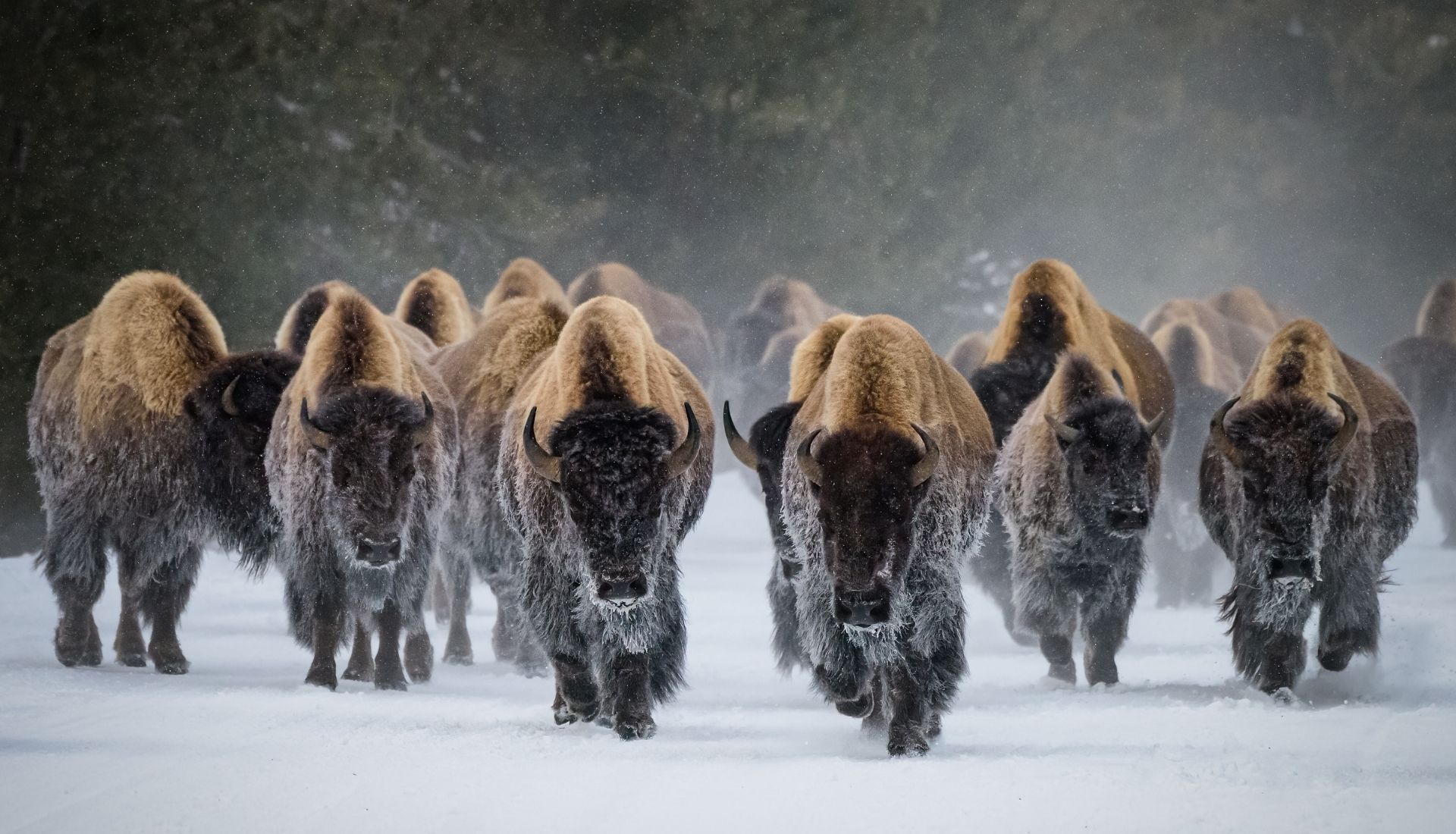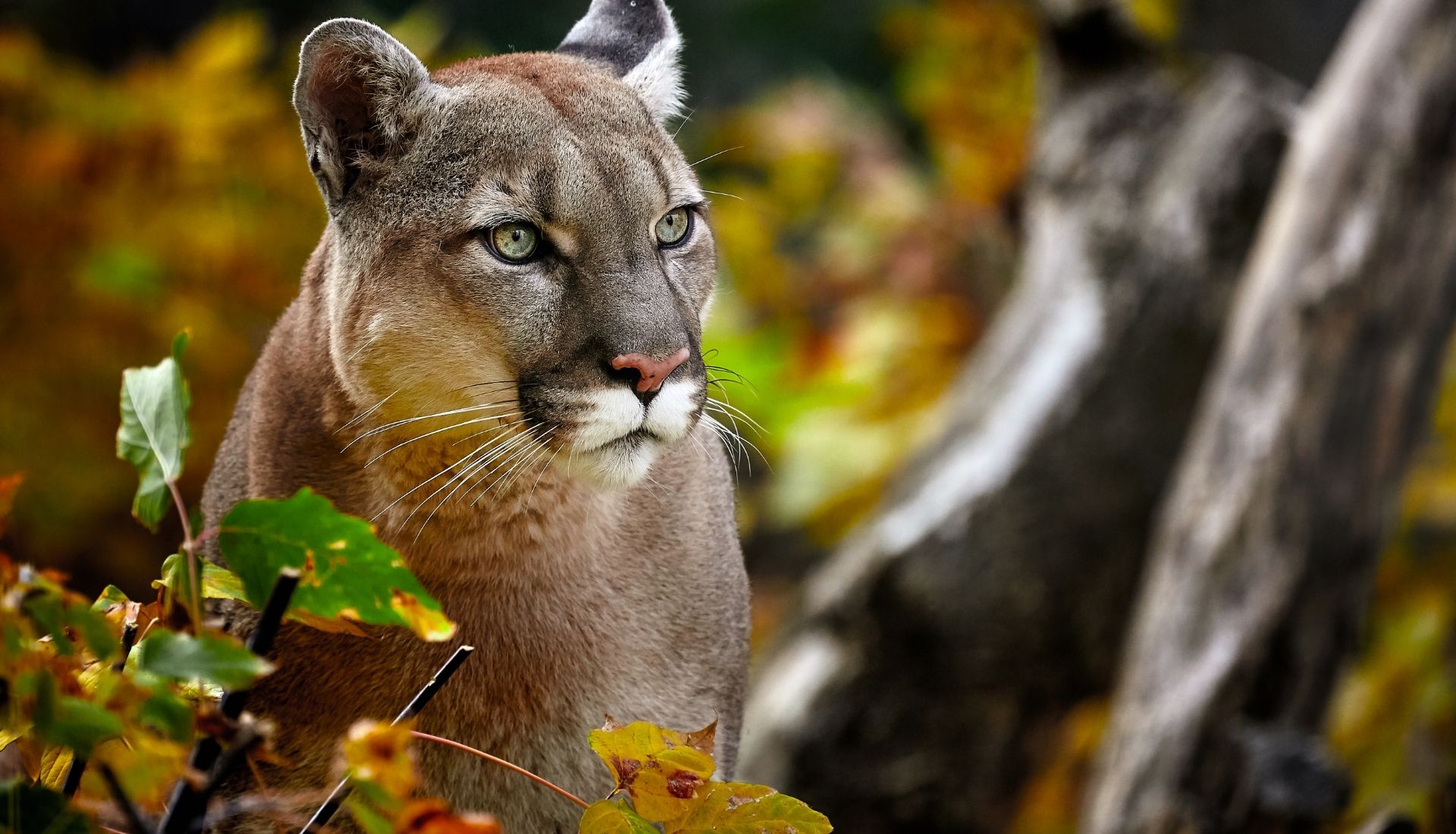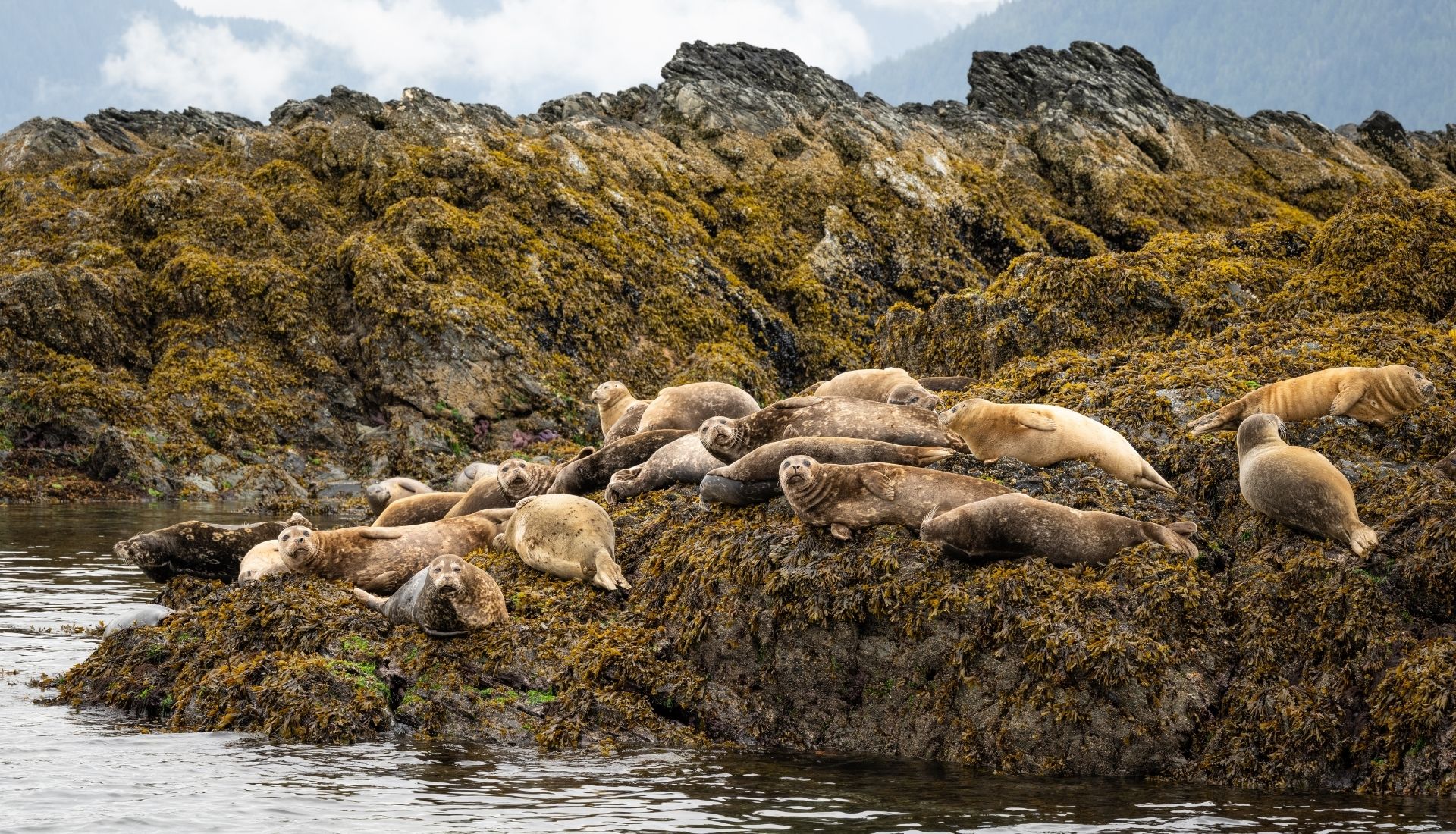The Country of the USA
The United States of America (USA) is a federal republic composed of 50 states, a federal district, and several territories. It is the world’s third-most populous country and the third-largest by total area. The U.S. has a vast and varied geography, including deserts in the Southwest, the Great Plains in the central region, the Rocky Mountains in the West, the Appalachian Mountains in the East, and temperate rainforests in the Pacific Northwest. The country’s economy is the largest in the world by nominal GDP, and it is a global leader in technology, finance, and trade. The U.S. is a multicultural nation with a history of immigration that has created a diverse society and culture.
Wildlife of the USA
The United States’ diverse geography supports an incredible variety of wildlife, with different regions being home to unique animal populations.
- Mammals: Iconic American mammals include the American bison, which once roamed the Great Plains in vast herds and have made a remarkable comeback in recent decades. The grizzly bear and the moose are emblematic of the American West and Alaska. Other notable mammals are the white-tailed deer, the most common big game animal in the country, the pronghorn, the fastest land mammal in the Western Hemisphere, and the mountain lion (or cougar).
- Birds: The bald eagle, the national bird, is a symbol of the country and can be seen throughout North America. The California condor, a critically endangered species, is the largest flying bird in North America. Other species include various types of owls, hawks, and waterfowl.
- Marine Life and Other Animals: The U.S. coastal waters are home to a wide range of marine animals, including whales, dolphins, sea lions, and manatees. The southeastern U.S. is the only place in the world where American alligators and American crocodiles coexist.
Hunting in the USA
Hunting is a deeply ingrained part of American culture, and the United States has a long history of wildlife management through hunting regulations. It is a highly regulated activity, with rules that vary significantly by state.
- Regulation: Hunting is primarily managed at the state level by a state’s Department of Fish and Game or similar agency. Every hunter must have a valid state hunting license, and most big game and migratory bird hunting requires additional permits or stamps. The U.S. Fish and Wildlife Service also sets federal regulations for migratory game birds.
- Big Game Hunting: The U.S. is a world-class destination for big game hunting. Popular species include white-tailed deer (found in almost every state), mule deer (in the West), elk, moose, and bighorn sheep. The regulations for these animals are very specific, with seasons and bag limits designed to manage populations and ensure a sustainable harvest.
- Bird Hunting: Wingshooting is another popular form of hunting in the U.S. Hunters pursue species like ducks, geese, turkeys, pheasants, and quail. Hunting for migratory birds like ducks and geese is governed by both federal and state laws.
- Conservation: A significant portion of the revenue generated from hunting licenses and equipment sales goes directly to funding wildlife conservation efforts and habitat restoration. This model, often called the “American System of Conservation Funding,” has played a crucial role in the recovery of many species from near extinction.
- Hunter Safety: Most states require new hunters to complete a hunter education course to ensure they are knowledgeable about firearm safety, hunting ethics, and wildlife management principles.









